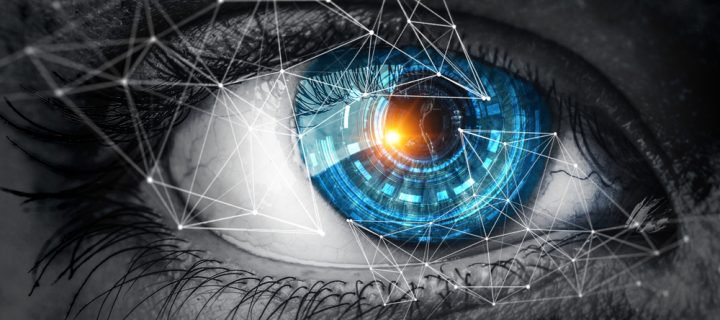Sometime this year, researchers in Australia will be implanting the world’s first bionic eye in a human patient. This medical revelation is special as it claims to restore sight to the blind – and no eyeball necessary.
While there’re already a few retinal implants on the market – U.S.-based Second Sight’s $145,000 system being the standard – they’re nothing like the eyes electrical engineer Arthur Lowery and his team created. Whether the patient’s eyeball is horribly damaged, or even missing, his new glasses will help them see. It won’t be a perfect view like a regular eye, but more like hundreds of dots configured for the patient to at least guide their way.
The system, developed in Australia at Monash University, inputs data directly from a glasses-mounted camera into the brain. The glasses use a front-mounted camera that attaches to the brain’s ‘vision system’ not through the eyes, but from the back of the head. A few electrode push pins are hooked up about an inch from where the neck ends, and from there the patient can start to ‘see’ the aforementioned dot configurations.
“We think it’s going to be initially perceived as dots of various sizes in the distance,” Lowery says. He explained that the dots could be programmed; lighting up the clearest pathways out of a room, or recognizing household objects, for example.
“It’s just the beginning, really, of a deeper understanding of learning how to work with human perception,” Lowery continued.
The next step for Lowery and Co. is to get the device approved for Australian hospital trials from a research ethics committee, before they can tap into their first patient. By late 2016, they hope to finally attach the four electrodes to the back of someone’s brain, giving someone the chance to see once more.
Photo credit: Sergey Nivens/Shutterstock












